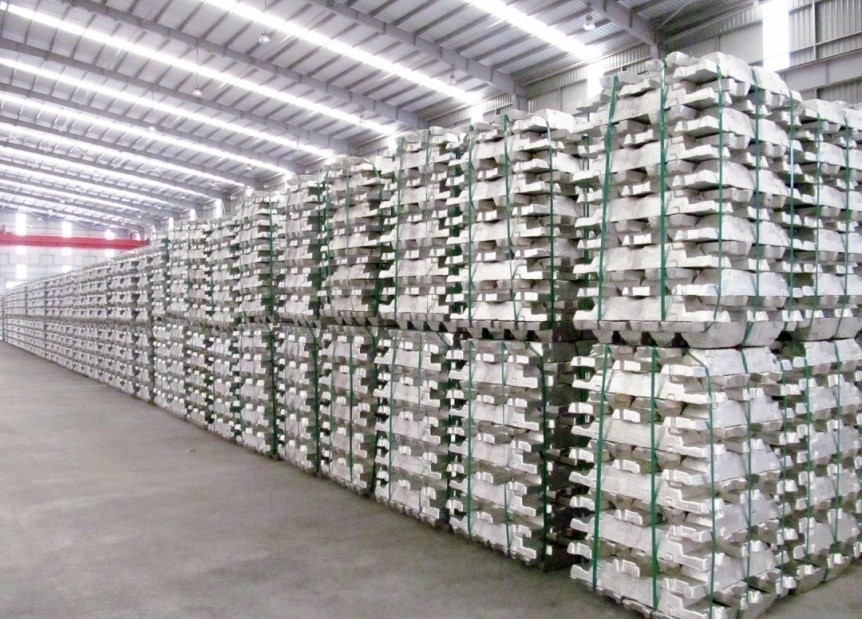

Price of aluminium will stay high until next year, since smelters have been compelled to cut production due to increased energy costs. On Monday, Global analysts stated that, the total price of aluminium in 2021 is expected to stand at US$2,450 per tonne and US$2,300 per tonne in 2022, up from US$2,300 per tonne and US$2,100 per tonne in the previous year.

The price of aluminium, which is required for making almost everything from soda cans to aeroplane components, had stabilised after reaching a 13-year high of US$3,221 during the third quarter, due to the supply concerns caused by China’s power crunch.
In order to decrease the pressure on the power grid, aluminium smelters in China were asked to limit or stop their production. In addition, worldwide producers were also asked to reduce their production as energy cost covers around 40 percent of the total production cost.
However, a government crackdown in China on coal stockpiling and speculative trading has caused coal prices to fall to levels where power companies can afford to supply energy, eliminating the need for power rationing or limiting power use. As a result of this, aluminium prices have fallen to roughly US$2,686 per tonne and is expected to continue to fall in the coming months as supply pressures relax.
Despite this, Global analysts expect substantial volatility in aluminium pricing as energy consumption limits remain an issue in China's aluminium industry as the winter months approach, as well as in the longer term as the nation pursues its decarbonisation policy.
Global analysts predict prices to drop somewhat in 2022, averaging US$2,300 per tonne lower year-over-year, as Global demand growth slows following a strong recovery in 2021. Prices will be supported in 2022 by solid demand fundamentals and ongoing supply issues.

First, through solid industrial activity, the Global economic recovery will continue to support aluminium demand. Outside of China, rebounding construction industry values and increased vehicle manufacturing will boost aluminium demand in 2022 across all major aluminium consumption areas.
According to the Global analysts, investor supply fears will also remain high, because the coup in Guinea can lead to the shortage of raw material bauxite, as well as continue the ongoing tensions between Australia and China and fresh concerns about a Russian aluminium export tax.
Aluminium prices are expected to rise in the next years, reaching an average of $2,200 per tonne by 2025, thanks to a faster move to a green economy and a rebound in the global car sector following Covid-19.
Automakers will continue to increase the amount of aluminium in cars, which will become increasingly vital for light-weighting electric vehicles and extending vehicle range. Global analysts anticipate Chinese output to level off after 2025, helping to reduce the global aluminium surplus by restricting upside growth.
China’s smelting capacity is expected to reach its peak in the coming years. The Global analysts does not expect Beijing to extend a cap in the carbon-intensive aluminium smelting capacity to meet its commitment of net-zero emissions by 2060.
Smelting capacity in China is likely to peak in the coming years. Global analysts believes Beijing will not extend a restriction on carbon-intensive aluminium smelting capacity in order to attain its 2060 goal of net-zero emissions. As part of their new Five-Year Plan objectives, Chinese authorities appear to be taking a harsher stance on GHG (greenhouse gas) emissions in the metal industry (2021-2025)
Responses








